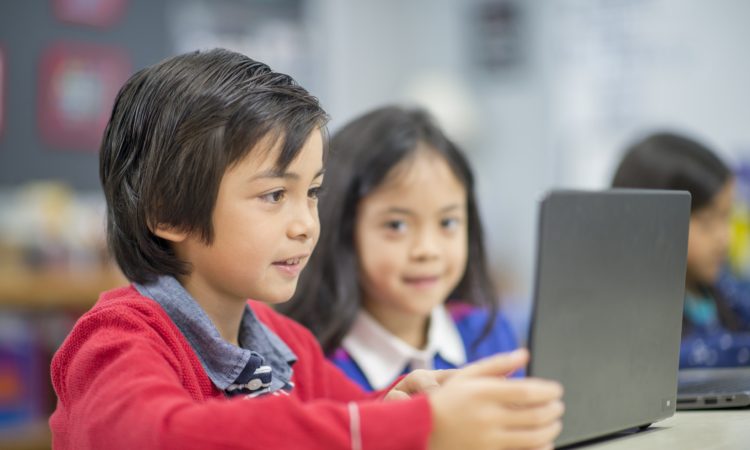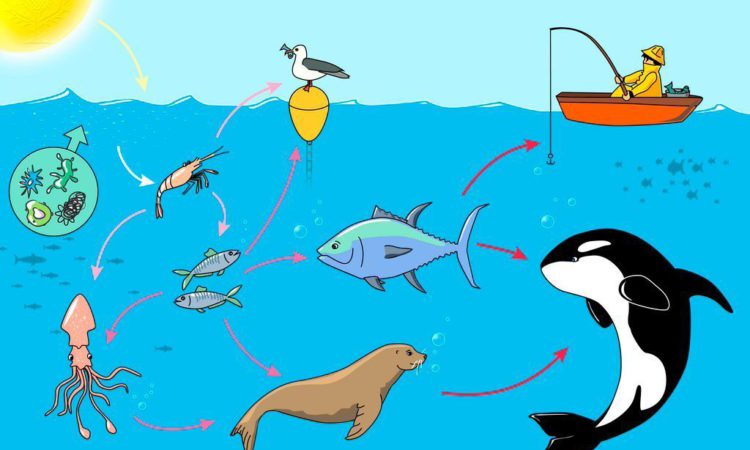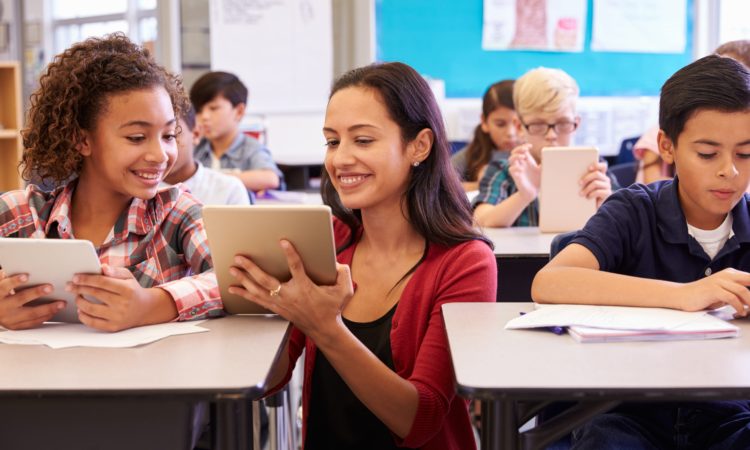Last week, James Ediker our Curriculum Specialist hosted “Engaging Passive Learners” the first of our brand new series of webinars. You can watch the full video here. This series is designed for helping you in the classroom with some expert teacher tips. Here, he discusses some of those tips.
Engaging pupils remains one of the biggest challenges facing teachers today, with technology increasingly promoted as a way to solve this problem. Today’s younger generation has grown up surrounded by tech, both at home and in the classroom Interactive whiteboards being a main stay in all classrooms By incorporating real-world technology into lessons, teachers can uncover fresh ways to keep pupils engaged; adding extra value and relevance to lessons in a way that is both mentally stimulating and fun.
Pupils routinely use video and image sharing applications such as Instagram and YouTube and not simply as a passive form of entertainment, instead, they are a mode of communication. Therefore, when seeking to increase engagement, it makes sense for you to use visual mediums within your lessons, as teachers we need to engage a generation of digital natives and engage pupils in a more visual way.
Studies also demonstrate a link between visual clues, the memory process, and the recall of new knowledge, and there is substantial evidence indicating that video or image can inspire and engage when incorporated into student-centred learning activities and thus promoting active engagement.
Lesson hooks and visual stimulus.
Keeping pupils interested can be difficult, even for the most experienced of teachers. Never the less I will share some of the ways I have engaged pupils and how it has supported both in class progress and supported wider class engagement in my own classroom practice.
I have used something called a lesson hook, these are image linked to a learning question or perhaps a success criteria and these images can help pupils’ metacognition and deeper understanding of the learning question of learning outcome.
For example, using a high quality image (ImageQuest has over 3.5million for you to use) you can facilitate engaged learning. For example: if the learning outcome is to: Develop understanding of animals in their habitats. Show the pupils the below image or “lesson hook” and ask them to work in mixed ability pairs to discuss the hook…

Your lesson starter will not need wider differentiation because the pupils will differentiate for each other, through pupil talk.
A lesson hook can be scaffolded by using a range of higher a lower order questions such as; what do you know about this image, what would you like to know and how can you learn it?
This allows you to check for understanding and allow for a degree of summative assessment, and for the class to talk through their learning.
Student Engagement vs Student Achievement
Research has historically indicated a strong correlation between student engagement (typically defined as attention to the area of focus perhaps the learning question or outcome, active participation in learning, and time on task behaviours) and student achievement.
These correlations remain strong for all levels of instruction, across all subject areas, and for varying instructional activities. By using a lesson hooks at the start of the lesson this gives pupils a deeper understanding and connection to what they are learning.
Active Participation can facilitate pupil driven learning and give students a stake in the process.
Teachers make all the decisions about learning for students a lot of the time. They decide what students will learn, how they will learn, the pace at which they will learn, and the conditions under which they will learn. Teachers then decide whether students have learned it.
By using something as simple as an engaging image you can allow for pupil driven learning through the questioning at the start of the lesson, a simple yet effective approach to your practice
Active Engagement cannot just support starters but help scaffold main lesson task tasks. One-minute brainstorms are a great way to allow for pupils to share peer knowledge and perhaps deepen their own thought process. Facilitating interaction and collaborative learning, lets pupils play an active part in their studies, increasing the depth of student engagement.

Using video
Using videos to deepen understanding in mini plenary’s throughout a lesson can increase both deep curriculum strand understanding or LO accessibility, images can be better supported by videos in the classroom as this gives learning more relevance and pupils a deeper connection to the lesson
All of these methods can be translated to small group task too, or even to help support intervention teaching.
Would you like to know more?
Would you like to improve your digital resources in your school? Britannica School and ImageQuest help to deliver increased engagement while facilitating effective teaching and dynamic learning, creating a collaborative learning environment.
You can also sign up for our next free webinar: Supporting Literacy, hosted on 26th April.
If you’d like a free trial for your school, just click below and our team will be in touch with your login details.

